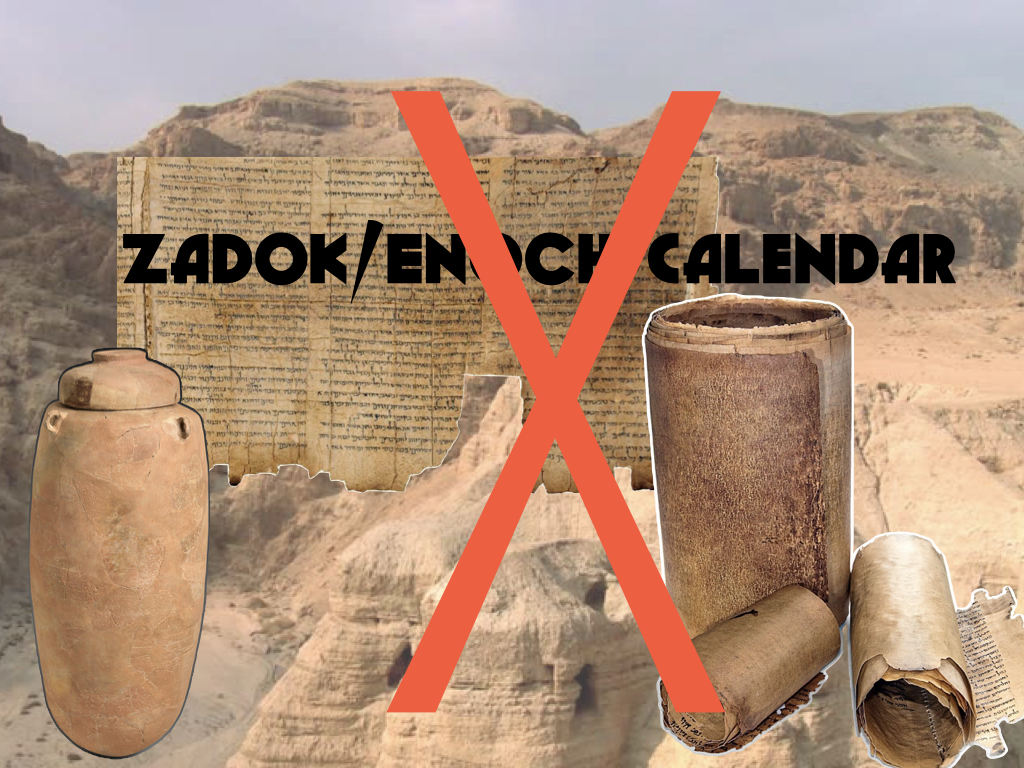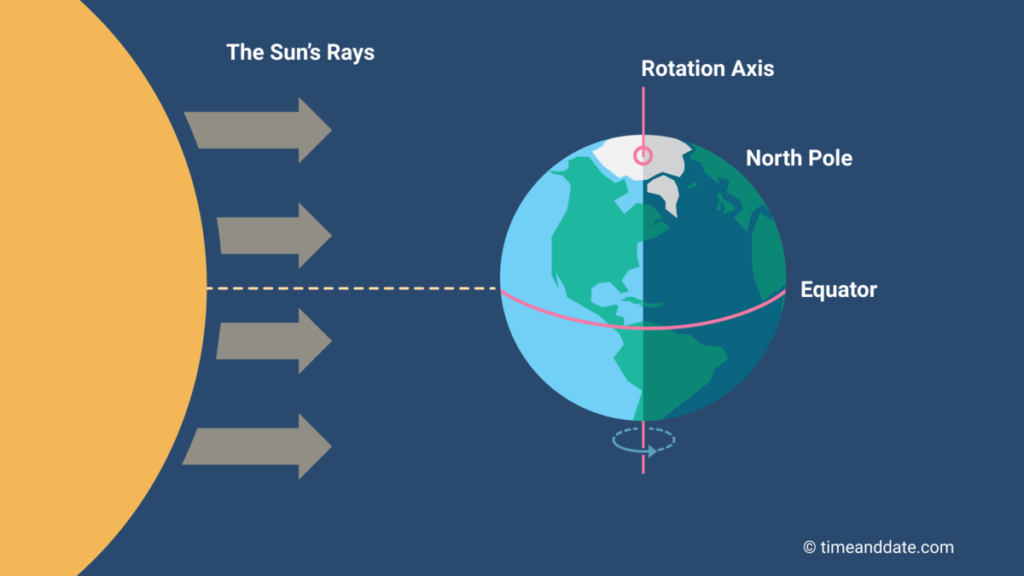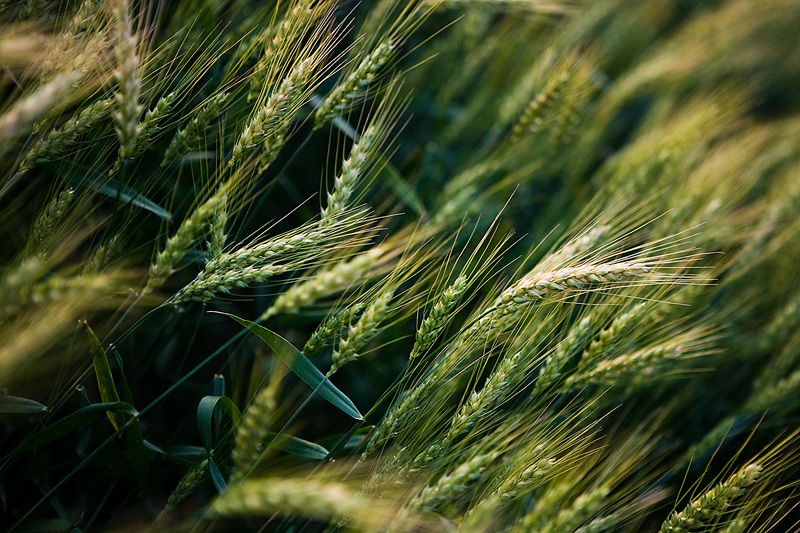
By Nathan Lawrence (not fully edited notes)
This is a lengthy, deep dive into the so-called Zadok Priestly/Enoch/Qumran/Dead Seas Scrolls Calendar as opposed to the traditional visible crescent new moon/abib barley calendar that was extant in the second temple era and during the time of Yeshua and his followers. This is a detailed, technical and somewhat tedious read. If you are not inclined to slog your way through this, I suggest that you scroll down to the end and read my concluding overview comments.
(If you encounter typos in this article—and you will—please email me at hoshanarabbah@earthlink.net, so I can make corrections! Thank you.)
Division and Strife Within the Messianic, Hebraic Roots Movement
New winds of doctrine and earl tickling teachings are perpetually blowing through the Hebraic roots movement. I refer to it as “The Flavor of the Month Club. A few examples of this include: the lunar Sabbath, following rabbinic Judaism, the flat earth, new calendars, plural marriage or polygamy, unorthodox Bible translations, sacred names cults to name a few.
It seems that many people including some Bible teachers are ever learning and never coming to a knowledge of the truth (2 Tim 3:7). One minute they are championing this new doctrine (and peddling their merchandise to promote it and gaining a following), then the next minute they are promoting some new doctrine and their money grubbing gig repeats itself.
Sadly, the Hebraic roots movement lacks true scholars or those who have learned critical thinking skills, the rules of biblical interpretation or hermeneutics and exegesis which are based the science of logic. Thus, the movement is full of many unskilled teachers who teach errant doctrines and proffer false information. Buyers beware!
Add to the unskilled teacher the many self-appointed Bible “experts” and “teachers” who have neither been mentored by or are who are accountable to anyone including spiritual elders, who are more likely to possess knowledge, wisdom and understanding and can help mentor and raise up the newbies.
On top of all of this, enter the internet where anyone can get up and say anything no matter how inaccurate, whacky or off-the-wall ridiculous and gain a following especially if what they are saying is well-packaged and marketed. A good package can make even unkosher treif look appealing, tantalizing and palatable.
In Matthew 24, Yeshua warned us against false teachers, prophets and those who claim to be anointed (little messiahs, if you will). Even the very elect could be deceived (Matt 24:24 cp. 2 Pet 2:1–3)!
How to Examine New Information
I went into this study open-minded. What can I learn? Honestly, I knew very little about the so-called Zadok priesthood, the Qumran community, the Essenes and the my understanding of the teachings of the Dead Sea Scrolls (DSS) was rudimentary at best. When examining new knowledge, we must be careful to guard against bias confirmation—that is, looking only to information that confirms our preconceived notions or our current deeply held beliefs about something. Maintaining objectivity and keeping an open mind is essential if one is searching for truth. We must let the facts speak for themselves (in hermeneutics referred to as exegesis) as opposed to reading into the facts our own interpretations and biases (eisegesis).
A Picture Quickly Began to Form Regarding Zadok Priestly or Enoch Calendar
The more I listened to the proponents of the so-called Zadok calendar, the more I realized that their arguments are fundamentally flawed. A house may look beautiful, but if it is built on a foundation of sand or straw, no matter how wonderful the superstructure may look, it will fall down. I soon discovered, and it is easy to see, that the arguments for the Zadok calendar are built on a foundation of sand or straw. The advocates of the Zadok calendar make many gross and misleading assumptions at the outset and then build their case from that point onward. That is like saying that 2 + 2 = 5, and then building a system of mathematics on that premise. No matter how elaborate and sophisticated that system may look, it is still predicated upon a false premise and is thus erroneous and irrelevant. This is the case with the Zadok calendar.
Don’t Be So Open Minded That Your Brains Fall Out!
There is no doubt that many people who are teaching, promoting and following the Zadok calendar are well meaning and zealous truth seekers. Their heart is intent on serving YHVH Elohim and rediscovering biblical truths that have been lost over time or purposely hidden by Christian and Jewish religious systems. But as we search for truth, we must make certain to get our facts straight before moving into a new belief system, so that we do not repeat the errors of the past. Stay open minded in the search for truth, but keep your wits about you. We can’t be so open minded that our brains fall out and we end up unwittingly following a false teaching.
In recent times, past erroneous belief systems have fallen away as our understanding of Bible truth has been ungraded as we return to the truths of our biblical and Hebraic roots. The problem is that some people are ever learning and never coming to the truth. As soon as a new “truth” comes on the scene, too many people jump on the band wagon of that new doctrine. It was a problem in the first century, and it is a problem now. Sadly, there is always a bevy of well-meaning but misguided teachers, as well as just plain false and greedy peddlers who are all too willing to take people’s money as they promote their new teachings. The Bible warns us against these folks. Therefore and ultimately, it is the duty and responsibility of each Bible student to roll up his or her sleeves and to prove who is right or wrong based on what the Bible says. When you buy an automobile or house, do you just blindly take the seller’s word for it that all is good, or do you investigate, ask questions, and even seek the help of impartial experts to determine if what you are about to purchase is in good condition and is all that it is represented to be? To wit, the Bible instructs us to rightly divide the word of Elohim, to be good Bereans and see if what we are being told lines up with the Scriptures or not, and to prove all things and to hold fast to that which is good. There are no short cuts in this process. It requires hard work and much effort.
Does the Bible or Nonbiblical Sources Determine Truth?
A big question each person has to ask themselves when determining spiritual truth is whether they are going to rely primarily or foundationally on the Bible or on primarily on secular sources. I have no problem with looking to reputable, secular or extra-biblical sources for background information that supports what the Bible says. However, there is a problem when we look to extra-biblical sources as our primary source of truth, and then reach back into the Bible and cherry pick verses therefrom to confirm what the secular sources are saying. This is exactly what mainstream Christian theologians and Bible teachers have been doing since the time of the early church fathers in their efforts to disprove the seventh day Sabbath, the biblical feasts, the biblical dietary laws and YHVH’s Torah-law in general. Let’s not repeat their mistakes and up with the tangles web of truth and error that characterizes modern Christian theology.
Beware of Sectarianism and Exclusivism Which Can Lead to Cultism
Everyone wants to feel special like they have something that no one else has, and that they have an inside track on the truth, are part of an exclusive group that has secret knowledge. Because of this, people can be led to believe that htey a special relationship with Elohim that no one else has. But being part of an exclusive group is dangerous when what we believe is not based on Bible truth, especially if we are following a personality who is promoting this hidden truth. This can even become a form of neo-gnosticism. This is how cults get started.
Nathan’s Analysis of Claims Made By Proponents of the Zadok Calendar
In response to https://www.youtube.com/watch?v=tCXV76e8dgE&list=PLdoqNkN5ekbjKOCFdQTL7o7hIahXOsLiC&index=6 (a teaching by from two of Eddie Chumney’s disciples speaking in their local congregation)
The claim is made that the term rosh chodesh is found only three times in the Bible and is not proof that the new month begins at the sighting of the new moon. This is a specious argument and is proof of nothing. The Torah says that a matter must be confirmed in the mouth of two or three witnesses. The Hebrew word chodesh meaning “new moon” is found 279 times in the OT.
The claim is made that Exod 12:2 does not specifically state this will be the first day of the month or new year. However, it is implied that this is the case since in verse two we read that on the tenth of the month the lamb is separated out for Passover. Day ten makes no sense, unless we are counting from day one of this month, which is implied in verse two. The Scriptures imply many things that are not explicitly spelled out or stated in black and white but the context clearly indicates a fact (e.g., Nadab and Abihu were drunk, do not light a fire on Shabbat if it is a work related fire). Interestingly, of these three verses, the Dead Seas Scrolls Bible reads the same as the Masoretic Text.
Their claim is true that the Zadok priesthood is the true priestly lineage with YHVH’s authority to judge in controversial matters regarding Torah (Ezek 44:24 cp. Deut 17:8–13), but this does not imply that all of the Essenes were Zadokites, that everything that the Essenes taught was exactly true to Scripture, or that everything that the Pharisees and Sadducees taught was unscriptural. That is like saying that everything that mainstream Christianity teaches is unscriptural. It is not. To say it is would be an ignorant lie.
The assumption is made that many of Yeshua’s were Nazarenes (and thus members of the Qumran community or Essenes including Mary and Martha). There is zero biblical proof of this. For example, if Zechariah, the father of John, was a Nazarene, then how could he continue to officiate as a priest in the temple under the Sadducean system?
It is assumed, without biblical proof that John was a Nazarene and an Essene.
Supposedly, Yeshua was an Essene based on the etymology of the word Nazarene, which goes back to the Hebrew word branch, which is one of the terms the Qumran community applied to themselves. Isn’t that like saying that because the word law appears in my last name Lawrence, that must mean that I am a law-yer? Also, the Book of Acts refers to the early believers as being of The Way, which was also an Essene term. That’s like saying that because I call myself a Christian, that is proof that I am a Roman Catholic/Orthodox/Protestant or some other type Christian you want to name. This may or may not be true.
The following is from my Bible commentary:
Matthew 2:23, Nazaret…Nazarene. (Cp. Acts 24:5). Nazareth means “the guarded one” (G3478). The name Nazareth is not found in the OT. The closest word similar to it is naziyr (or nazarite, H5139) meaning “one who is consecrated, devoted.” Naziyr derives from nazar (H5144) meaning “to dedicate, consecrate, separate, to keep sacredly separate.” The appellation “the sect of the Nazarenes” was applied to the early redeemed Israelite believers in Acts 24:5 by their enemies.
There is debate among some Bible students about whether the word Nazarene derives from Nazareth. The fact that Matthew juxtaposes the two words in a form of literary parallelism indicates that he saw some etymological, spiritual or prophetic connection between them.
There is no Old Testament prophecy declaring that the Messiah will come from Nazareth or will be called a Nazarene, nor does any known apocryphal or pseudepigraphal text include such a statement. So to what prophecy is Matthew referring? He may be making a wordplay on the similarities between the Hebrew words Nazarene and netzer meaning “branch” as it relates to the Messianic title in Isaiah (Isa 11:1 cp. Isa 53:2) (Commentary on the NT on the OT, p. 11 by Beale and Carson). Keener mentions other Old Testament prophets that likened Messiah to a tree branch (or scion from Judah), although they do not use the Hebrew word netzer in their prophecies(Jer 23:5; Zech 3:8; 6:12) (The IVP Bible Background Commentary—New Testament, p. 51, by Craig S. Keener).
Chumney quotes Dr. Robert Shriner from his book,Yeshua—He Will Be Called a Nazarene, who says that Matthew (Matt 2:23) is not linking Yeshua to the town of Nazareth (based on linguistics) but is connecting him rather to the sect of the Nazarenes or Essenes. This is further confirmed in Acts 24:5 where Paul is linked with the sect of the Nazarenes (or Essenes). This apparently is positive proof that Yeshua and Paul were connected spiritually to the Essenes. The same scholar asserts that some verses in the NT where the word Nazarene is found associates Yeshua with the town of Nazareth, while others associate him with the Essenes. Both the words Nazarene and of Nazareth are the Greek words (G3480, found 18 times in the NT), while the word Nazareth (G3478) is different, though related. Shriner maintains that the phrase of Nazereth is referring to the Essenes, since if it were referring to being an inhabitant of Nazareth, it would be a different Greek word. Chumney then relates Yeshua being an Essene back to Isaiah 11:1 who is prophetically called “The Branch.” This prophecy is stating, among other things, that Yeshua (and his disciples) would have been connected to the Essene community, which the NT seems to indicate. Chumney then quotes Yair Davidy (a non-scholar and a sloppy historian who makes many unsubstantiated statements in his books) to further substantiate his belief.
Jubilees 2:9 (found in the DSS and written ca. 100 to 25 BC) is another supposed proof of the solar-based not lunar-based Zadok calendar for determining Sabbaths, feasts, etc.
Jubilees 6:23 mentions four special days of remembrance that are the first days of certain months each season. This is based on the dates listed during Noah’s flood and were supposedly ordained by Noah.
The claim is made that the Zadok/Enoch calendar year is 364 days long and that the Hillel II calendar is 354 days long. This is false when you intercalate a thirteenth month seven times every 19 years. This makes the abib barley, visible new moon calendar a lunar-solar calendar that now syncs with the solar year of 365.25 days unlike the Enoch calendar of 364 days (1 Enoch Ethiopic Version 73:11; 81:7 cp. 72:4–5).
The Zadok/Enoch calendar is 360 days plus four “special days of remembrance” at the beginning of each season (Jubilees 6:23), which equates to a 364 day year. Proponents of the Zadok calendar claim that Noah (not YHVH) ordained them forever, and therefore, we are mandated to do the same. Where is this in the Bible??? These special days of remembrance are based on the spring equinox. That is how you know when to observe them. This is an unbiblical reckoning since there is no mention of the equinox in Scripture are any command to reckon the biblical calendar thereto.
Proponents of the Zadok calendar claim that because the sun is the greater light and the moon is the lesser light (Gen 1:16), the sun, therefore must regulate the calendar, not the moon which is the lesser light. The claim is also made that all of the ancient calendars (e.g., Babylonian, Egyptian, etc.) were lunar based including the Hebrew calendar, which, it is also claimed came from the Babylon influence while the Jews were in exile. However, it is incorrect to say that the Hebrew calendar is a lunar calendar. It is a lunar-solar calendar.
The claim is made that the new year begins on either the eve of the tenth of the first month at Passover. Therefore, if day 14 is four days after the first day of the month, then day 14 is not really day fourteen as the Bible calls it, but, in reality, is day four on the biblical calendar. This assertion, however, contradicts Scripture—specifically, Exodus 12:2–3, which, if this claim is true, makes no sense when the Torah says to separate the lamb on the tenth day of the month and keep it until the fourteenth day of the month (four days after the tenth of the month), which is actually the first day of the month. This kind of illogical reasoning and twisting of the Scriptures is mind-boggling if not mind-numbing, to say the least!
Continue reading






